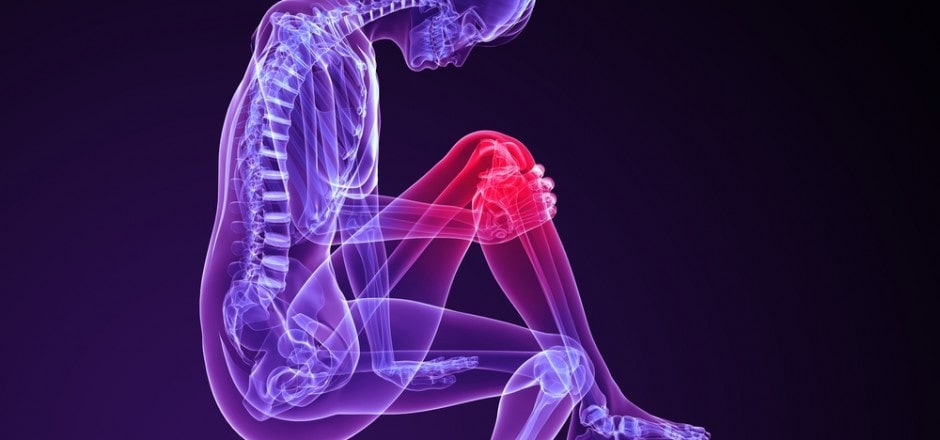Can Knee ACL Ligament Tear Be Healed With Stem Cells? We Report Promising Research

Knee ACL Ligament Tear Treatment Using Adult Stem Cells
At the AMSSM (American Medical Society of Sports Medicine) meeting in San Diego this week, Dr. Ben Newton of the Centeno-Schultz clinic reported on a case series of pre/post MRIs in patients with partial or complete non-retracted knee ACL tears treated with stem cells.
The ACL is a major stabilizer of the knee that is often surgically replaced when torn. Dr. Newton reported on a case series of patients with ACL tears that weren’t retracted (torn and snapped back like a rubber band). 5/7 of the patients showed significant objective improvements in the post-stem cell injection MRI, demonstrating robust repair of the torn knee ACL. Dr. Newton used same day stem cells (the Regenexx-ACL procedure). I’ve blogged on many examples of a knee ACL ligament tear healing (see ACL stem cell 1, ACL stem cell 2, ACL stem cell 3). We’re proud of Dr. Newton’s presentation and continue to see good results helping patients avoid knee ACL surgery by using their own stem cells to repair their knee ACL tears.

If you have questions or comments about this blog post, please email us at [email protected]
NOTE: This blog post provides general information to help the reader better understand regenerative medicine, musculoskeletal health, and related subjects. All content provided in this blog, website, or any linked materials, including text, graphics, images, patient profiles, outcomes, and information, are not intended and should not be considered or used as a substitute for medical advice, diagnosis, or treatment. Please always consult with a professional and certified healthcare provider to discuss if a treatment is right for you.
